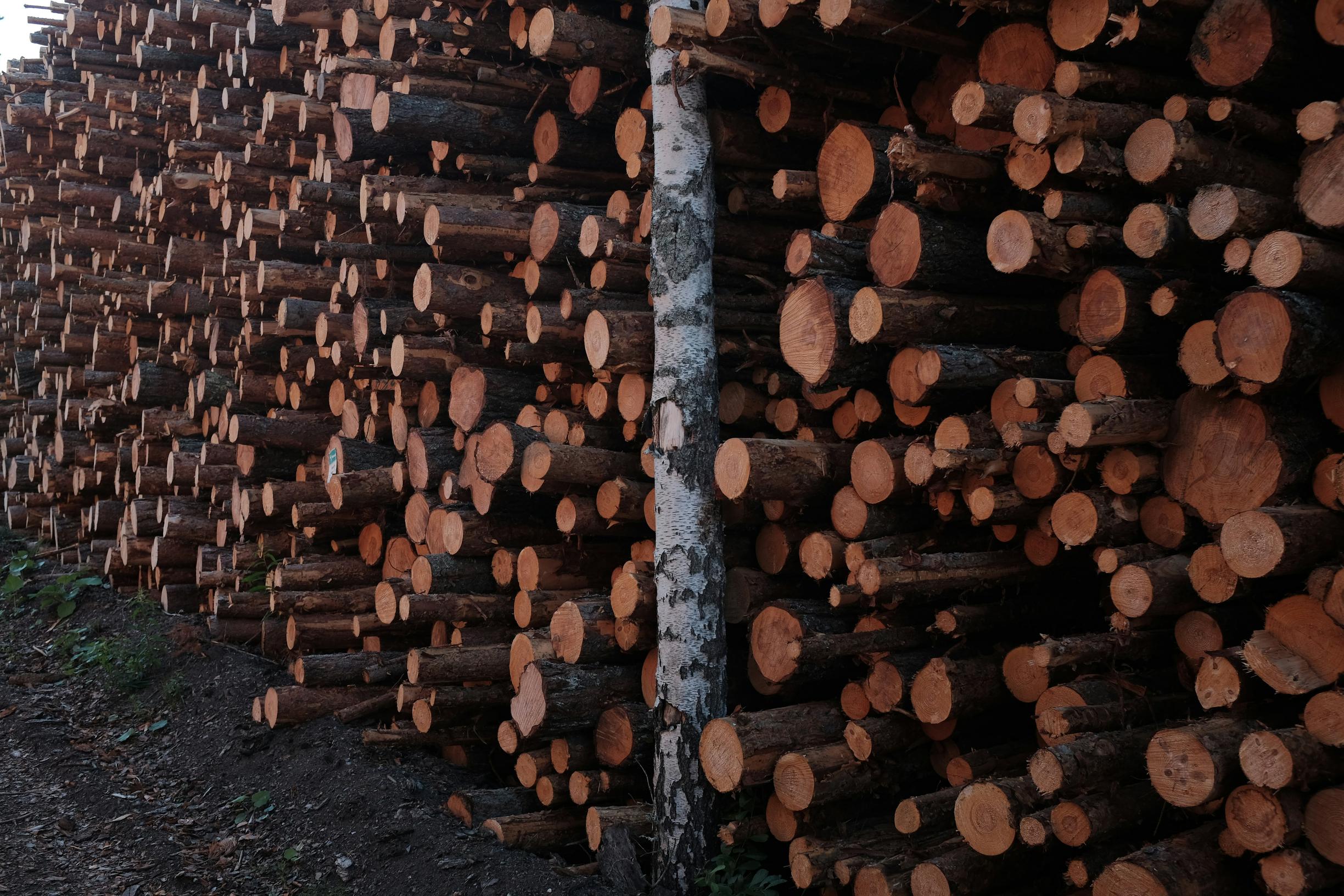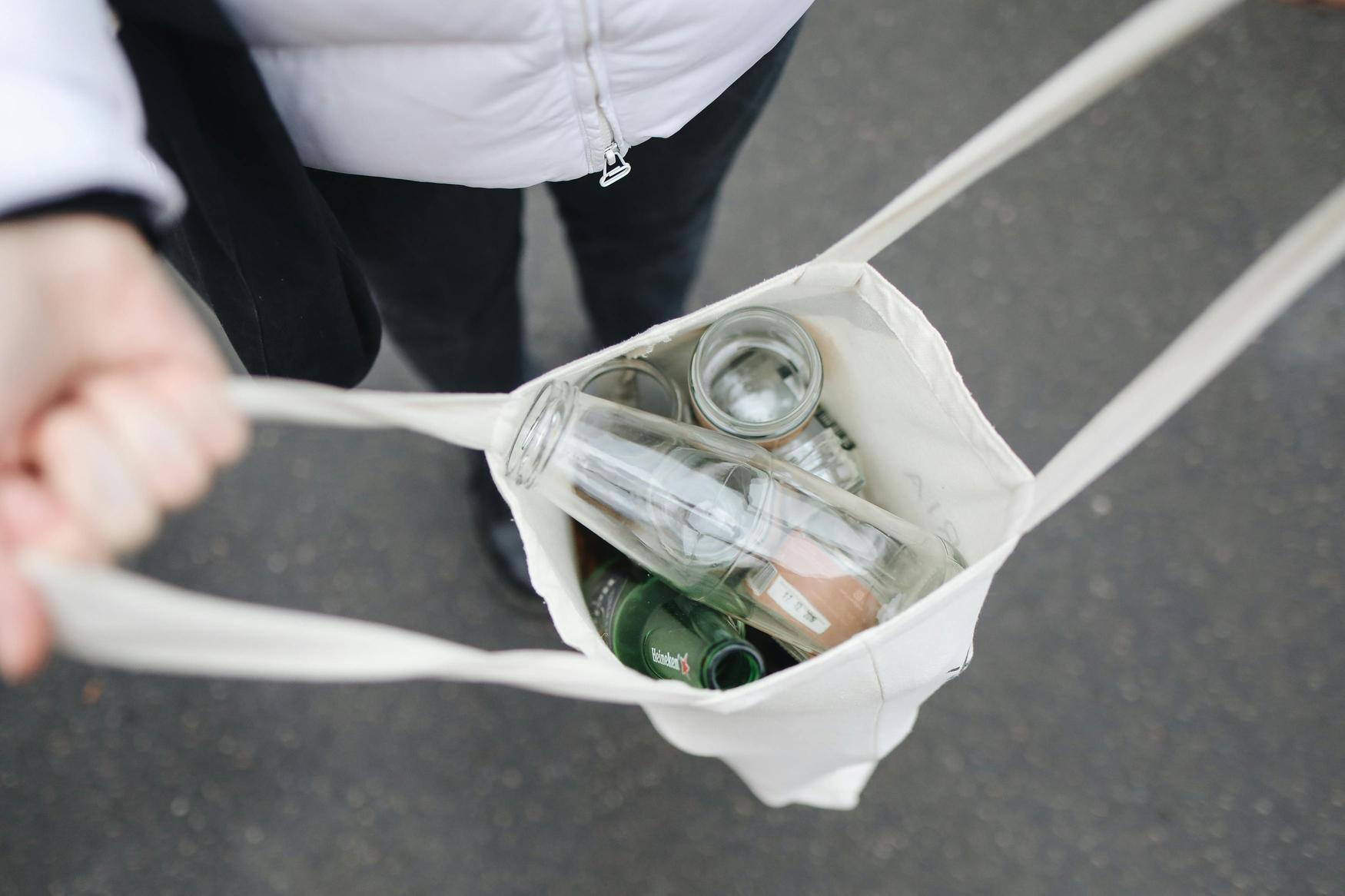Fast fashion, the trend of producing inexpensive clothing at rapid speeds to keep up with the latest styles, has revolutionized the way we shop. However, beneath its glossy surface lies a troubling reality—this industry is one of the largest contributors to environmental degradation.
What is Fast Fashion?
Fast fashion relies on quick production cycles, low-cost materials, and frequent product turnover. Brands entice consumers with constant new collections at affordable prices, fueling a culture of overconsumption. While this model thrives on profit and accessibility, its environmental toll is staggering.
Environmental Costs of Fast Fashion
-
Water Pollution and Waste:
The fashion industry uses toxic dyes and chemicals, making it the second-largest polluter of water worldwide. Rivers and waterways near textile factories often become dumping grounds for untreated wastewater, harming aquatic life and local communities. -
Massive Resource Consumption:
Producing a single cotton t-shirt requires approximately 2,700 liters of water—enough for one person to drink for two and a half years. The industry also heavily depends on non-renewable resources, such as polyester, a plastic-based fabric derived from fossil fuels. -
Textile Waste:
Fast fashion encourages consumers to buy more than they need, often discarding items after only a few wears. Globally, an estimated 92 million tons of textile waste end up in landfills every year, with many synthetic fabrics taking decades to decompose. -
Greenhouse Gas Emissions:
The industry contributes significantly to climate change. Synthetic fibers like polyester emit high levels of greenhouse gases during production. Furthermore, the global transportation of garments adds to the carbon footprint.
Social Implications
The human cost of fast fashion is equally concerning. Many garments are made in developing countries, where workers are often underpaid and subjected to unsafe working conditions. The demand for cheap, fast production perpetuates exploitative labor practices.
Solutions for a Sustainable Wardrobe
- Choose Quality Over Quantity: Invest in durable, timeless pieces rather than trendy, disposable clothing.
- Support Ethical Brands: Look for companies that prioritize sustainable practices, such as using organic materials or paying fair wages.
- Embrace Second-Hand Shopping: Thrift stores, online marketplaces, and clothing swaps can extend the life of garments while reducing waste.
- Recycle and Repurpose: Donate old clothes, repurpose them into new items, or seek recycling programs that turn textiles into new materials.
Why It Matters
Every purchase we make sends a message to the fashion industry. By choosing sustainability over convenience, we can help shift the demand toward environmentally friendly practices.
Fast fashion’s dirty secret is out in the open, and it’s up to us to rewrite the narrative. A sustainable future starts with mindful choices—and it’s time to make fashion work for both style and the planet.





